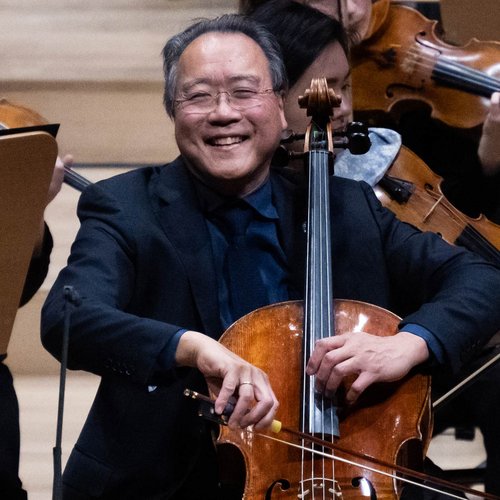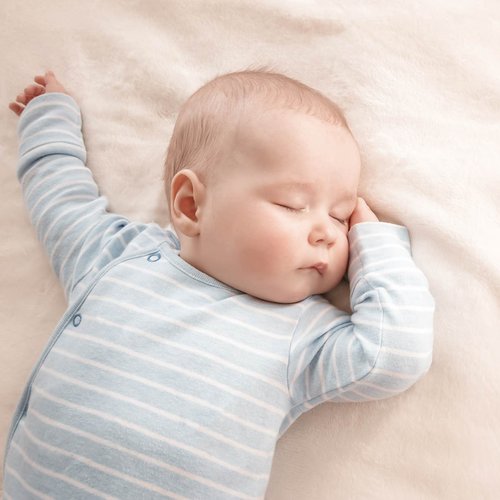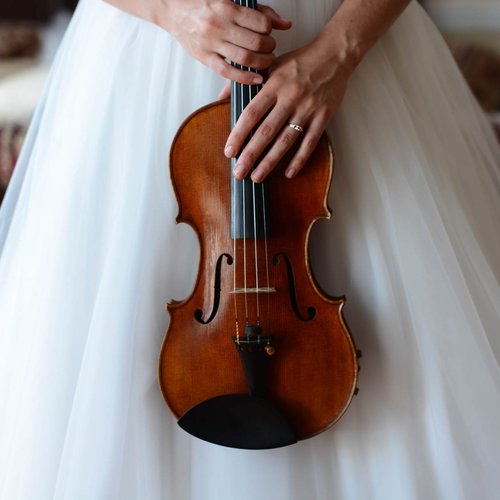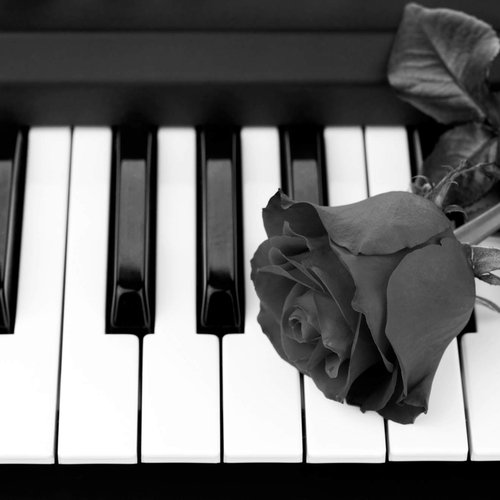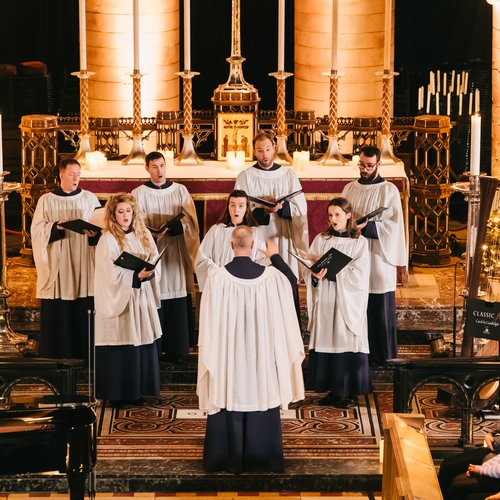Let’s take a minute to appreciate how incredible Ariana Grande’s voice is
23 August 2019, 17:00
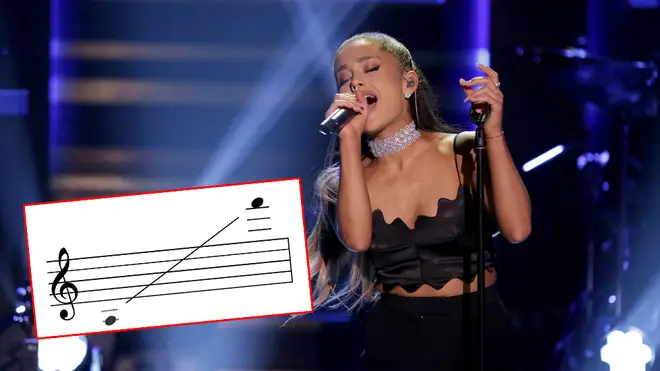
She has one of the most impressive ranges of any female singer in the pop music industry, and she makes it all look So. Darn. Easy. As Ari entertains the world on her Sweetener tour, we take an analytical look at the pop singer’s vocals...
‘Dangerous Woman’ was one of 2016’s best pop hits, and a No. 1 single for Ariana Grande.
Melodically speaking, it’s not a particularly interesting song. And if performed by a lesser soprano, the melody would inevitably start to drag after the first chorus. But what is interesting is Ariana’s vocal treatment of the song.
As any singer knows, one of the most important parts of the job is to make everything look utterly effortless – even if that involves belting a high G with no instrumental backing (see: 2:44).
A robust music theory analysis of Ariana Grande's 'thank u, next' >
The key to Ariana’s performance is how easily she seems to reach the top end of her – very impressive – four-octave range.
She might not have the breath control of a classical soprano, but she also never throws a breath away, using it instead as a technique to communicate emotion and add texture to her sound.

Ariana Grande - Dangerous Woman (A Cappella)
What’s also interesting is her ability to switch from her softly vocalised mid-range to that characteristically ‘Ariana’-style belt – a mix of chest and head voice.
There’s a moment at 1:18 in the 'Dangerous Woman' video when she jumps from the D just above middle C to a B – a notorious part of a soprano’s range which can easily produce unwanted cracks. But Ariana does it all with a beautifully warm tone, and a smile on her face.
She is at her strongest in live acoustic sessions – just listen to her more recent performance of ‘God is a Woman’ on Good Morning America.

Ariana Grande - God is a Woman (Live Acoustic at Good Morning America 2018) HD
As well as showing off her distinctive voice cracks, the session demonstrates her unique way of producing melismas: by warping and wobbling her jaw (see 0:25).
It’s not the way a classical soprano would produce her coloraturas, but Ariana isn’t after classical technique: she’s after honesty, originality and vulnerability. And that’s exactly what she gives us.

























